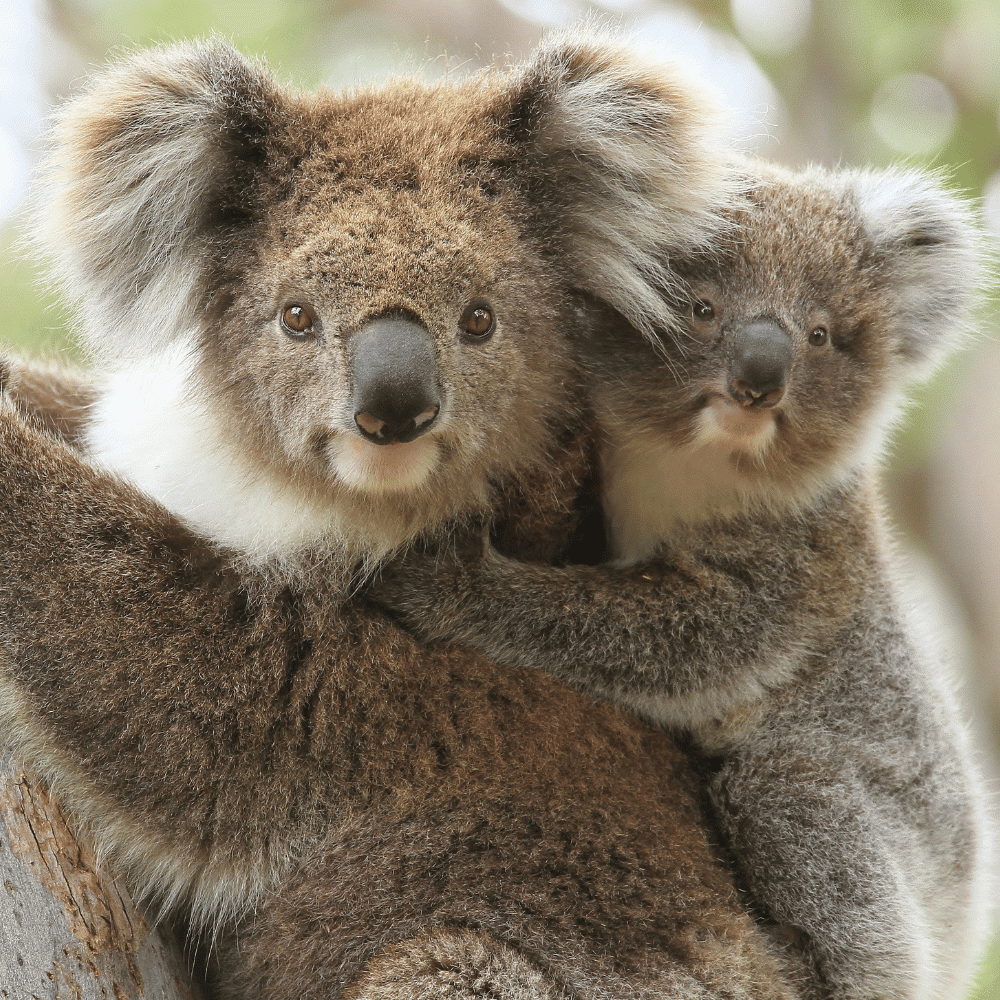Radio-tracking Koalas
MONITORING SPECIES
The Koala (Phascolarctos cinereus) is an iconic marsupial species native to Australia, predominantly found in eucalypt forests along the eastern and southeastern coasts. In regions like Queensland, New South Wales, and Victoria, Koalas thrive in diverse habitats, preferring areas with a mix of eucalypt woodlands, forests, and coastal heathlands. These habitats provide essential resources such as food, shelter, and suitable trees for nesting and resting.
Populations of Koalas are subject to fluctuations influenced by factors such as habitat loss, urban development, bushfires, and disease outbreaks. Understanding these dynamics is crucial for their conservation. Unfortunately, Koalas face numerous challenges, including habitat fragmentation, road accidents, dog attacks, and climate change impacts. Conservation efforts are essential to safeguarding these beloved marsupials and preserving their habitats for future generations.
Radio-tracking arboreal mammals
Koalas inhabit eucalypt forests characterized by tall trees with dense canopies, making traditional manual tracking methods challenging. Wildlife researchers often spend extensive hours navigating these forests while holding radio receivers and antennas aloft to locate tagged Koalas. However, Wildlife Drones’ drone-based telemetry system offers a revolutionary solution. Our drones can navigate through dense forests, surveying any terrain with precision, including rugged landscapes. This efficient and effective wildlife tracking method minimizes fieldwork time and maximizes data collection efforts, contributing to better understanding and conservation of Koalas.
Track up to 40 radio-tagged animals simultaneously
Tracking koalas with radio telemetry has been the go-to method for anyone seeking to understand movements. However, the effort involved in finding tagged Koalas using hand-held receivers has always been a costly and daunting task. Due to the limited detection range, many people have traditionally spent hours traipsing across vast (and sometimes inhospitable) terrain whilst holding a radio receiver and yagi antenna aloft for hours on end in the hope of detecting their tagged koalas.
In contrast, using Wildlife Drones to track birds you can cover up large areas in a single flight and gain confidence on where the koalas are (or aren’t) across the landscape. Drones are perfect for any terrain and can survey even the most rugged of mountains. Radio-tracking drones are proving to be an efficient and effective solution.

Categories: #EndangeredSpecies

